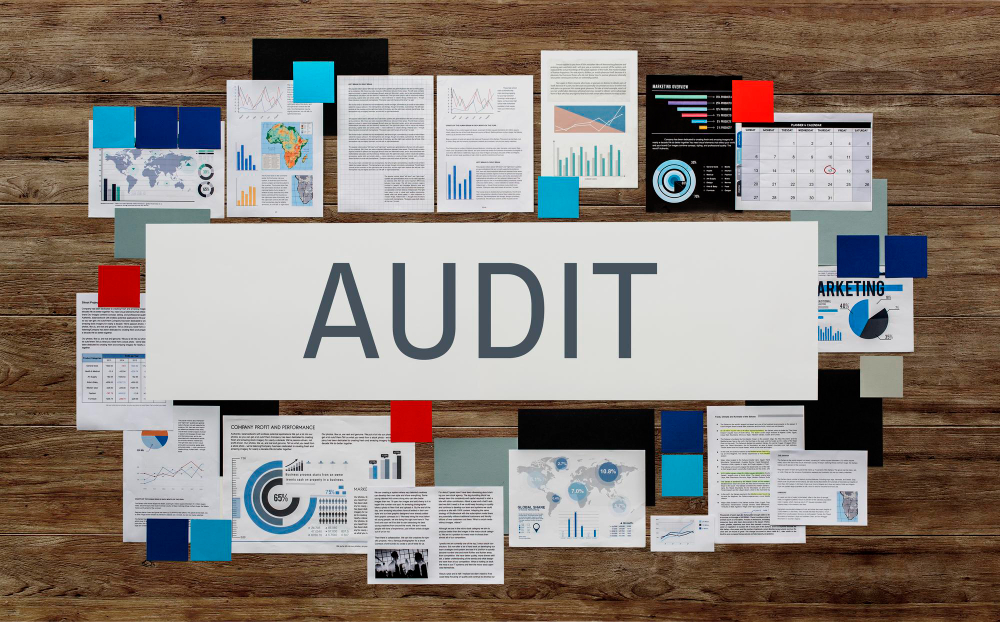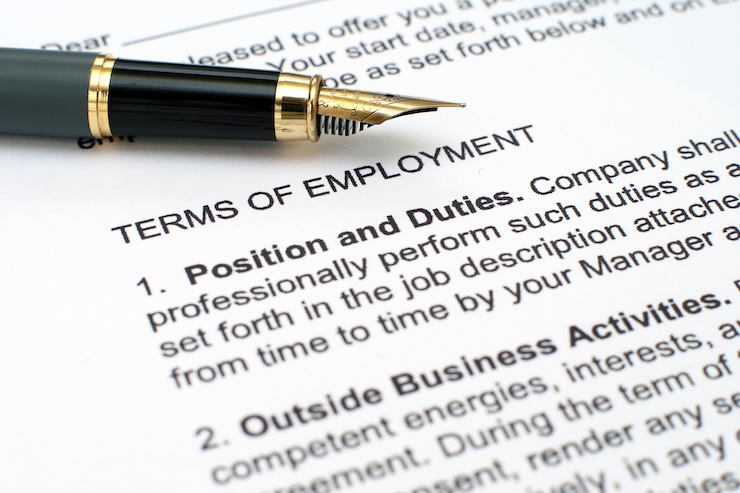Accidents within the workplace are becoming a more common occurrence, and with personal injury groups offering specialist advice for varying work related claims, it is important to know rights and duties as an employer when it comes to health and safety.
Putting adequate and effective prevention measures in place can save hundreds in compensation and litigation costs.
For many small businesses health and safety is as much common sense as it is legal requirement. The first thing to establish when discussing health and safety procedures is who will supervise or manage these duties. Many business owners take on this responsibility themselves or appoint someone ‘in house’, although with more technical and legal issues it can be more effective to obtain external advice.
Once a health and safety supervisor has been appointed or hired, a health and safety policy will need to be drafted. This is a legal requirement for businesses that employ over five people, however it is good practice to keep records for smaller businesses. This document will need to detail who covers specific health and safety jobs, when they do this, and how.
The next step is then the management and prevention of any risks within the business. This will mean consulting employees on what they feel the day-to-day risks are, as well as recording your own thoughts as to what can cause harm and how it is to be prevented.
Related: A Health and Safety Checklist for business
Determine any hazards within the workplace during a walk around and calculate the risk of harm that these hazards could cause to employees. As a business owner it is then their responsibility to consider how these risks can be improved and to set in place preventative measures to avoid accidents occurring. Throughout the entire process business owners should record any finding to keep for the business health and safety records.
Training will then need to be put in place for any current and future employees as well as information that is openly available to them. This will need to cover any of the hazards within the work place and how they should deal with them within their day-to-day roles. It will also need to cover any emergency procedures, such as fire evacuation, and first aid arrangements within the company.
As a business you are responsible for ensuring the immediate attention of any employees if they are injured or taken ill whilst at work. It is a legal requirement to display the health and safety law poster alongside accessible information on who the first aider is and any health and safety procedures. All businesses should have:
- A fully stocked first-aid box
- An accident report book
- An appointed first aider
Under health and safety law, businesses must keep a record of any injuries, incidents and cases of work related disease – this is because there are a number of accidents that can happen that employees can take action for. It is advised to keep up to date with any changes to health and safety policy as well as regular risk assessments.
In the case that any employees do get ill or injure themselves whilst working it is imperative to have employee’s liability insurance. This will provide cover in the event that employees seek compensation and will meet the costs for any litigation.
Noise at work regulations
Whisper it quietly, but noise in the workplace is becoming an important health and safety issue and particular emphasis is being placed on users of telephone headsets.
You might think that talking on the phone all day is a relatively low-risk occupation, but call centre operators and other heavy users of headsets are vulnerable to acoustic shock syndrome, as the Health & Safety Executive (HSE) is publicising.
So, what is acoustic shock?
Basically, acoustic shock is a sudden, unexpected noise, delivered at a very intense frequency. Headset users can be subject to this noise from a variety of sources. Telephone equipment, for instance, can produce electrical feedback and latent sonic energy spikes. Faulty telephone lines, non-compliant switchboards, turrets and headsets can all also pose problems.
In addition, the HSE is making businesses aware of other potential sources of risk, including caller abuse (shouting, screaming and even blowing whistles down the phone), background interference at the caller’s location and ambient noise in the operator’s location.
The potential health consequences of acoustic shock are temporary hearing impairment and permanent deafness, which occur immediately. Other ailments that have developed in the long term are an inability to tolerate loud sounds, tinnitus, depression and even fear of going outside.
Although it is only a recently recognised phenomenon, over £10 million in compensation has been paid by employers to date.
Preventing excessive noise in the workplace
By law, every employer must comply with The Health & Safety at Work Act, the Noise at Work Regulations and the Health & Safety Executive guidelines. Specifically, each firm’s health and safety officer and human resources manager have responsibility for the wellbeing of all employees.
Some of the onus is also placed on employees themselves. The HSE advises arranging a competent person to assess the risk to employees’ hearing and also training staff to be aware of the danger, ways of minimising it and the actions to take if acoustic shock does occur.
Do you need a science degree?
Acoustics can appear a complex business to the uninitiated, using strange words and symbols and the laws require some knowledge of dB(A), LEP,d, Pascals and the like. For this reason, there is considerable guidance available on this subject for business owners to peruse:
- Reducing noise at work – Guidance on the Noise at Work Regulations 1989; Available from HSE Books
- For further information visit: www.hse.gov.uk/noise (The Health & Safety Executive)
- The Acoustic Safety Programme






